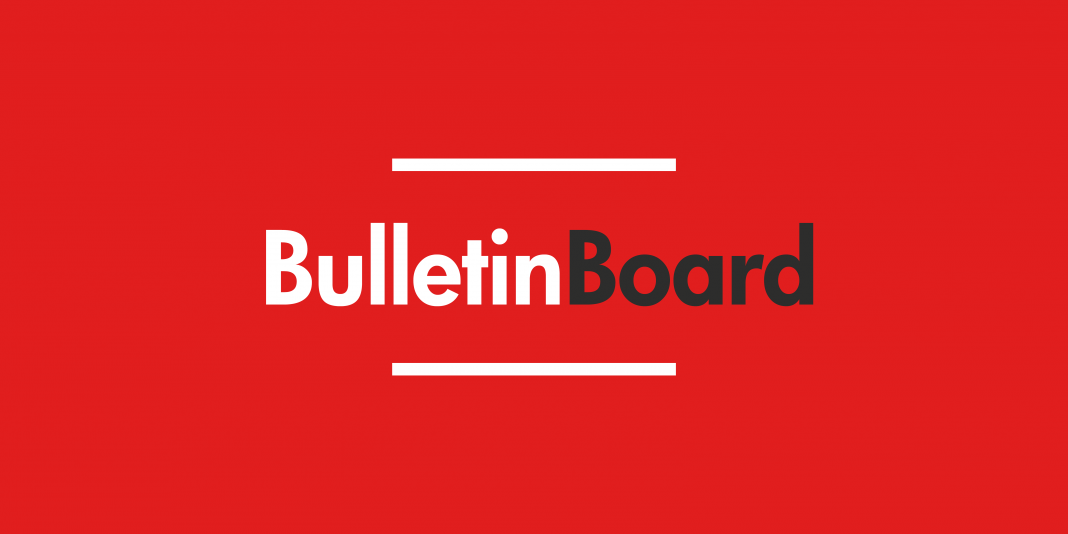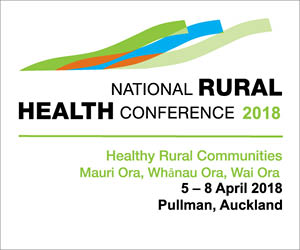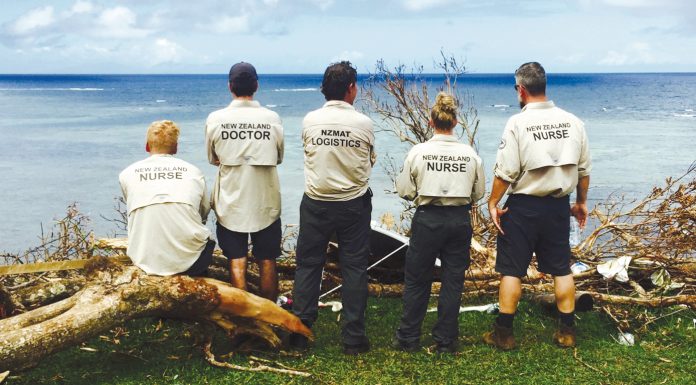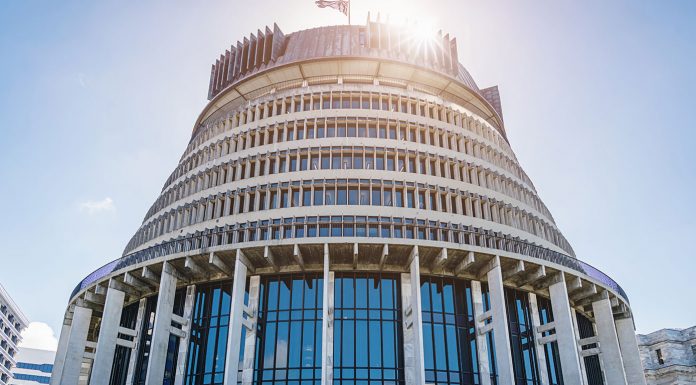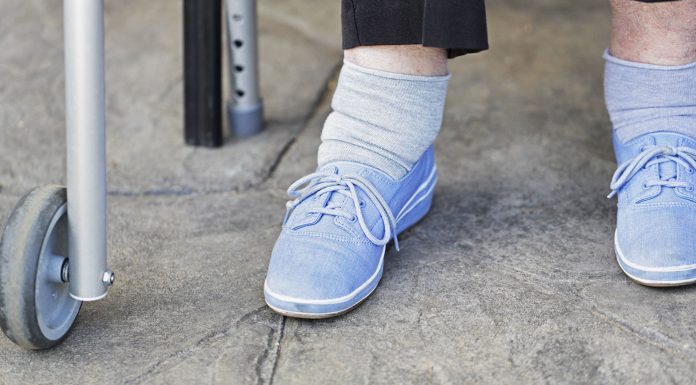An internal email has emerged showing Middlemore Hospital bursting at the seams around the time staff erected a “hospital full” sign urging patients to go elsewhere.
The email reveals “ground zero” pressures on the South Auckland hospital and details strategies for staff to clear beds and get patients out.
It has brought a concession from management at Counties Manukau District Health Board that staff are under pressure and have raised concerns about “staffing and capacity”.
Despite this, Health Minister Jonathan Coleman said in a statement: “This isn’t unusual for this time of year, and the reality is that the hospital can cope.”
The pressure at Middlemore Hospital was revealed last month when it emerged staff had created a sign urging patients to go elsewhere or face waiting eight hours in the Emergency Department.
While the sign was removed after management learned of it, the NZ Herald has since found it had been used on a number of occasions for at least eight weeks.
The internal email – provided to Labour’s Mangere MP Aupito Su’a William Sio – showed the extent of the pressure placed on the South Auckland hospital, and how those issues existed beyond the Emergency Department.
The memo told staff the total hospital occupancy was at 104 per cent and stated: “The hospital is full.”
Other areas of the hospital were stretched even further, with medicine and surgical areas at 116 per cent capacity.
The memo detailed coping strategies, telling staff to get people into the “discharge lounge as soon as possible” to help move patients from the Emergency Department.
It stated that there had been 355 patients through the Emergency Department the previous day and there were still 119 patients there.
The Emergency Care section had 45 patients waiting for a hospital bed while the 12 operating theatres had 50 people waiting for surgery.
Staff were told: “We need a total of 58 beds before today’s patients arrive.”
Sio told the NZ Herald he believed the pressures on the Emergency Department were – in part – a reflection of the scarcity of money for doctor’s visits among families in South Auckland.
He said those in Middlemore Hospital’s area were “working class” people who had little to spare after rent, power and food.
“They won’t go to the doctors because there’s a charge so go to the A&E because it’s free. That hospital just isn’t coping.”
Sio said doctor’s fees of $20 or more was a “big chunk” out of a family’s budget. “And it’s not just the doctor’s fee, it’s the medicine.”
Sio’s own family experienced a lengthy delay at the Emergency Department in May when his father Aupito Pupu Lolesio, 79, waited 10 hours for an x-ray after suffering a cut to the face.
A spokeswoman for the health board said August had been “particularly busy” with illness among not only among the community but those working at the hospital, which had made staffing difficult.
“We encourage our staff to report their concerns so that we are able to respond where possible.
“Our staff have raised with us (through internal reporting and through their unions) concerns about staffing and capacity – particularly recently during winter.”
The spokeswoman said the health board’s planning for winter used data from the previous year to predict the numbers of patients. “This year an additional 40 beds were included for winter planning.”
The expected winter increase came early in mid-May meaning the extra beds were started early and kept available.
She said the “hospital full” memo was sent on “extremely busy days” when Middlemore Hospital started with “a full hospital, a full Emergency Department and patients already waiting for a bed before the next wave of patients arrive”.
It was sent out across the hospital “letting them know that everyone needs to help”.
Coleman said there had been a “sustained rise” in demand across the region which “isn’t unusual” for winter and the hospital could manage.
He said the current occupancy was 98.6 per cent and “there are pressures that hard-working staff are dealing with”.
Coleman said those with illnesses that could be managed by their family doctor should seek care there.
He said National had supported GP visits with free care for those aged under 13, a low-cost scheme and expansion of the Community Services Card capping doctor visits at $18 for 600,000 New Zealanders.
“These policies mean around half of all New Zealanders have either free or cheap doctor’s visits.”
